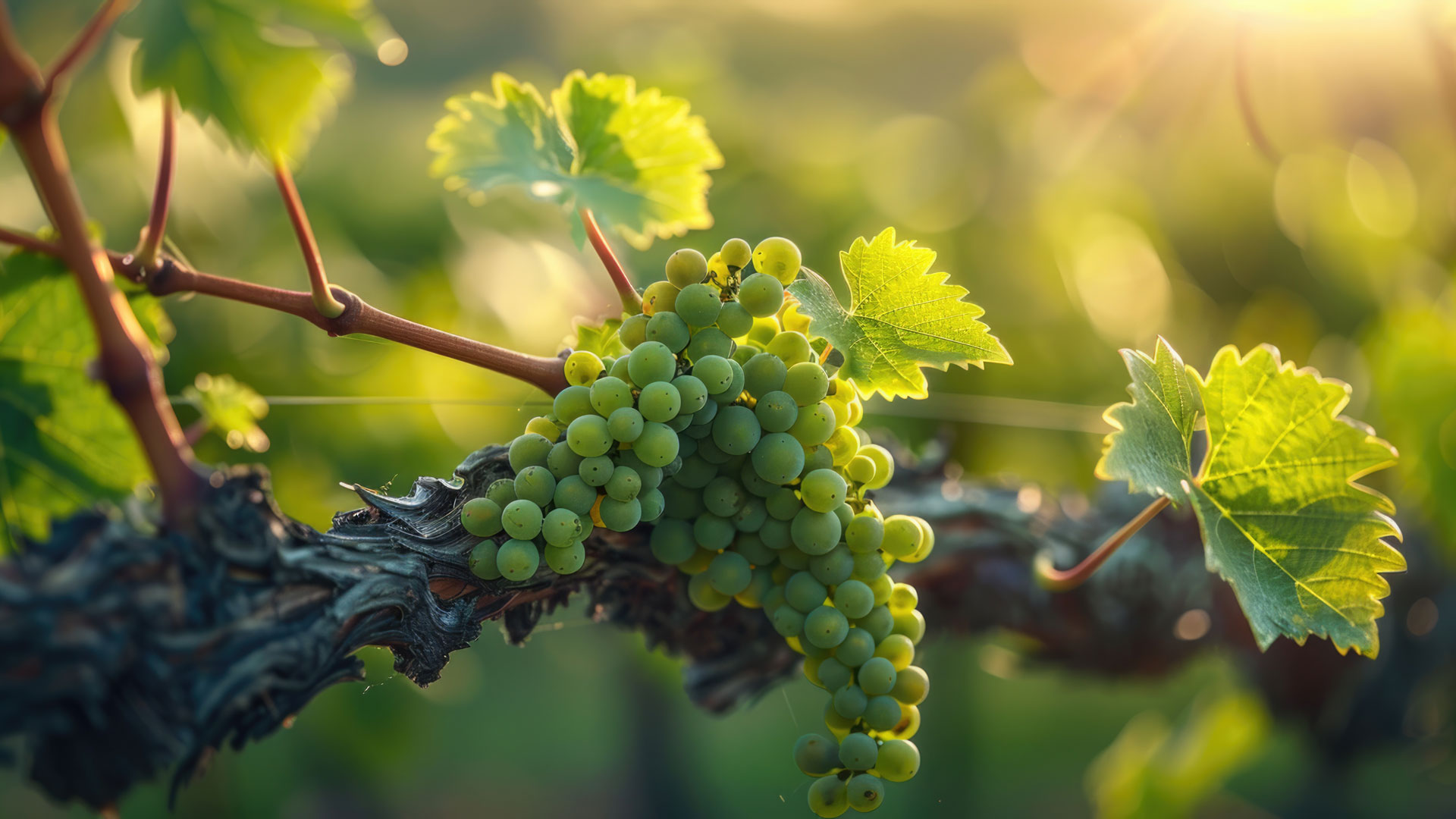Introduction to the wine region of German-speaking Switzerland
The wine region of German-speaking Switzerland is one of the most diverse landscapes in Swiss viticulture. It comprises a large number of cantons and vineyards, which together create an impressive picture of tradition, diversity and innovative spirit. With around 2,300 hectares of vineyards, it is one of the larger wine-growing regions in the country and offers a fascinating mix of modern interpretations of classic grape varieties and ancient wine-growing practices dating back to Roman times.
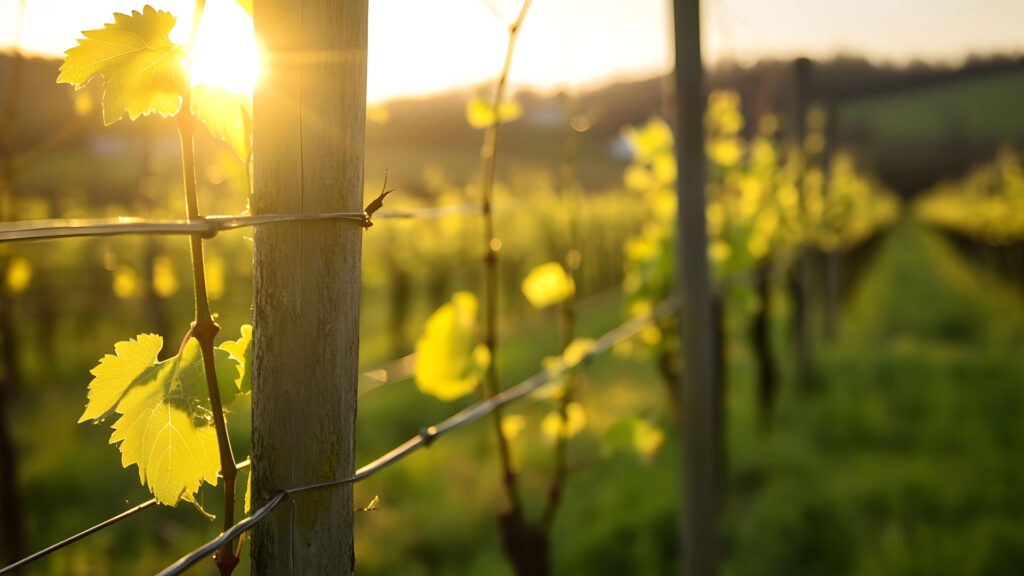
German-speaking Switzerland is not only geographically diverse, but also extremely varied in its climatic conditions. As a result, both fresh white wines and powerful red wines can develop in this region. In particular, the proximity to large lakes and rivers such as Lake Zurich, the Rhine and Lake Constance provides balancing influences that lend the wines a special elegance.
Vineyards between the Alps and the Jura
The vineyards of German-speaking Switzerland are nestled between the Alps and the Jura. This geographical location provides the vines with both protection and variety. While the Alps bring cool nights, the Jura provides different soil formations. This variety of terroirs is one of the reasons why the wines are so full of character.
Wine production and vineyard area in transition
Wine production in German-speaking Switzerland has changed considerably over the centuries. Today, great value is placed on quality and the vineyards are used with care. Sustainability, careful cultivation and respect for nature play a central role.
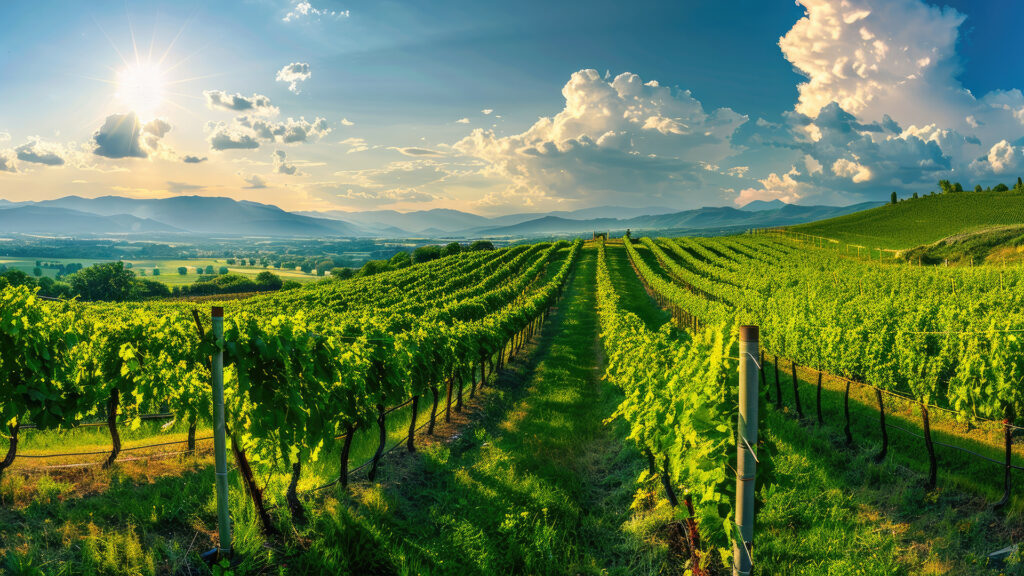
Around 2300 hectares of vineyards produce millions of liters of wine every year, most of which is consumed domestically. German-speaking Switzerland is not just a wine-growing region, but a living piece of Swiss cultural history.
Varietal diversity in German-speaking Switzerland
In addition to the dominant Pinot Noir and Müller Thurgau varieties, there is an astonishing range of other grape varieties in the German-speaking wine region of Switzerland. Riesling-Silvaner, Pinot Gris, Räuschling and Sauvignon Blanc are represented as well as indigenous specialties. This diversity shows that the region offers far more than the classics.
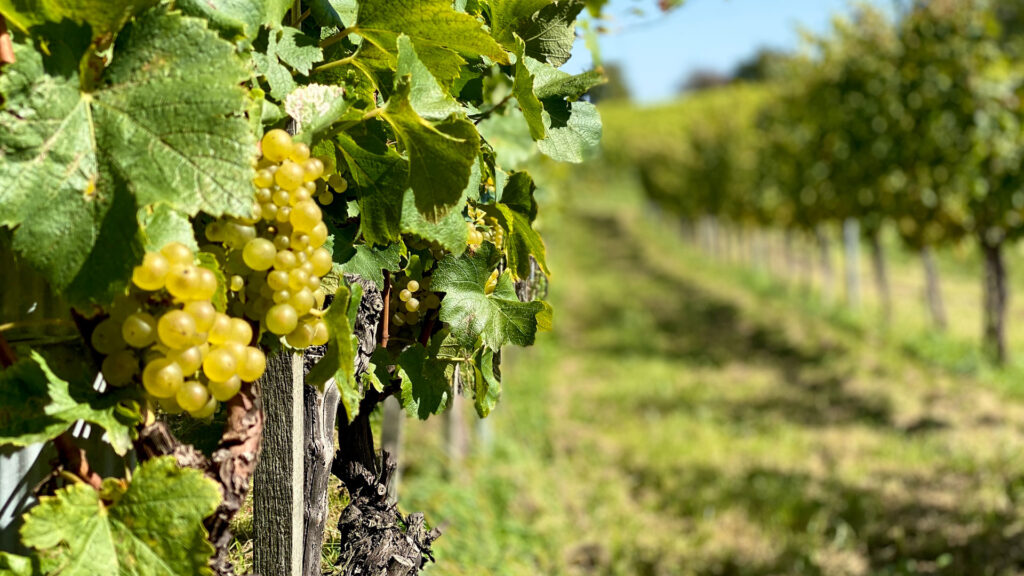
Each grape brings its own flavor and fits into the broad spectrum that ranges from fresh white wines to full-bodied red wines. This diversity makes German-speaking Switzerland a treasure for wine lovers who enjoy discovering new things.
Pinot Noir – the royal grape of German-speaking Switzerland
Pinot Noir, also known as Blauburgunder in Switzerland, is the most important grape variety in German-speaking Switzerland. It is particularly demanding in terms of climate and soil, but finds ideal conditions here. From the canton of Schaffhausen to Zurich and Aargau, Pinot Noir vines characterize the landscape and culture. Typical wines are characterized by finesse, fruitiness and fine tannins.
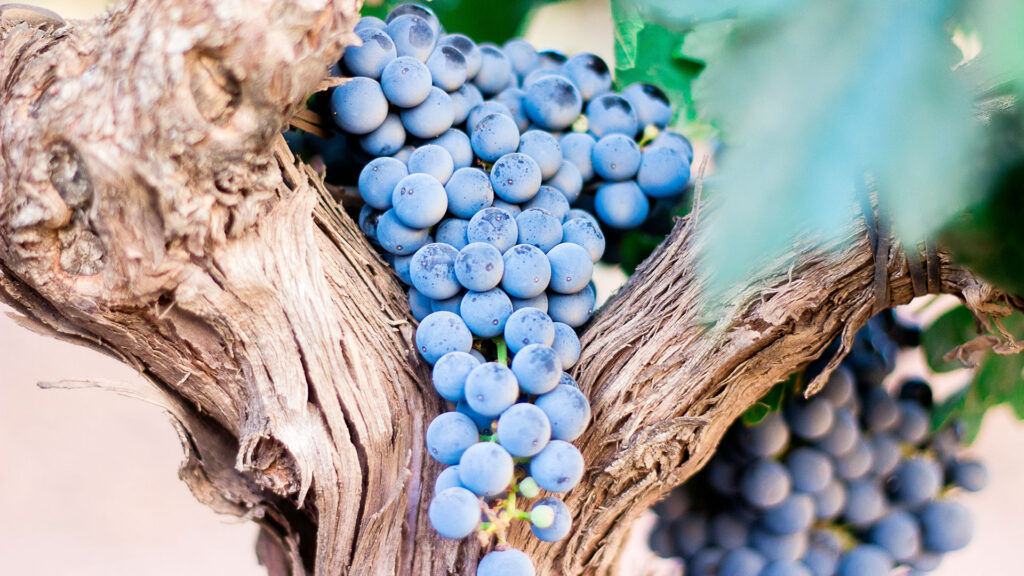
The spectrum ranges from light, fresh Pinot Noir to powerful varieties with a complex character. The proximity to the Alps ensures cool nights, while sunny days promote ripening. This results in red wines that are both internationally acclaimed and strongly anchored in regional tradition.
Müller Thurgau – the fresh side of the region
Müller Thurgau, often also known as Riesling-Silvaner, is the second dominant variety in the German-speaking wine region of Switzerland. It was originally developed by the Swiss Hermann Müller from the canton of Thurgau, which is why it has a close connection to this region. With its fresh, aromatic style, it has found a permanent place in the glasses of many wine lovers.
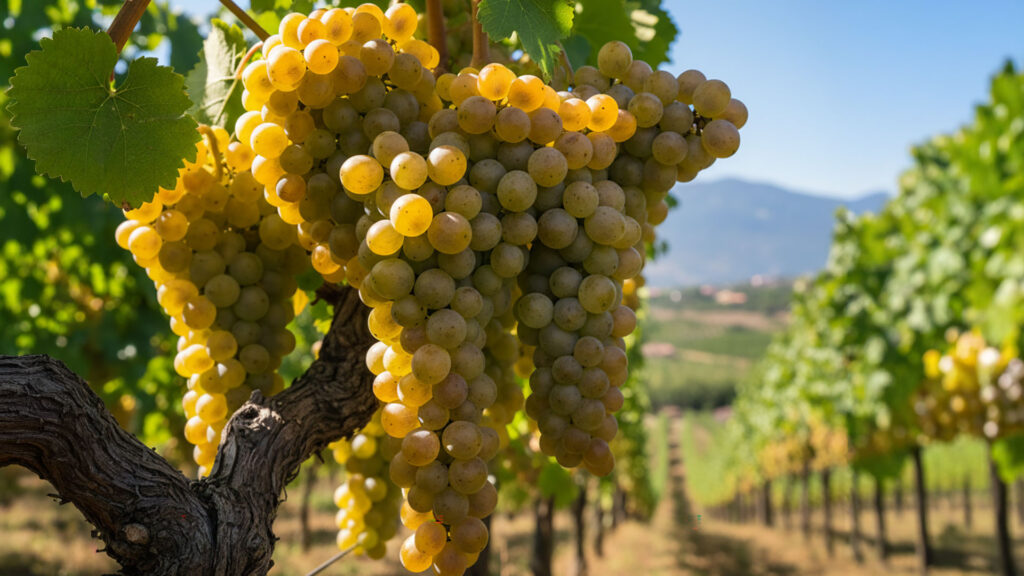
Müller Thurgau stands for lightness, for notes of citrus and flowers, for uncomplicated yet characterful enjoyment. In the cantons of Zurich, Thurgau and St. Gallen in particular, this grape variety characterizes the landscape and the self-image of regional viticulture.
Pinot Noir and Müller Thurgau in interaction
The combination of Pinot Noir and Müller Thurgau is typical of German-speaking Switzerland. While one stands for the elegant red wine tradition, the other embodies the fresh white wine character. Together they form the foundation of many wine-growing areas in this region and reflect the diversity that makes German-speaking Switzerland so special in an international comparison.
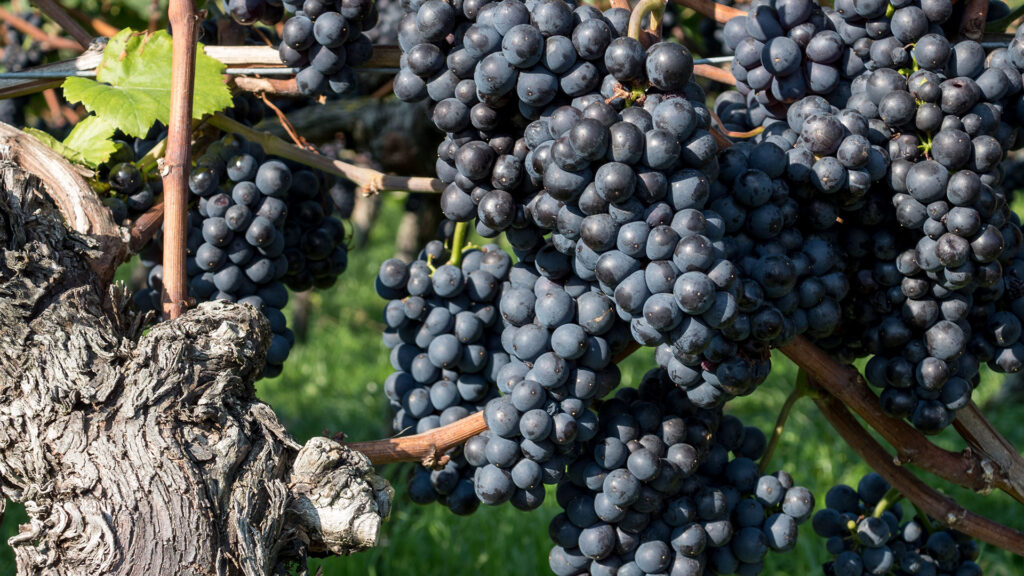
Whether in convivial gatherings, with fine food or as ambassadors of regional identity: Pinot Noir and Müller Thurgau complement each other harmoniously and show that viticulture here is both tradition-conscious and innovative.
Pinot Noir and Müller Thurgau as a reflection of the terroir
Both varieties are ideal ambassadors for the terroir of German-speaking Switzerland. Pinot Noir reveals the subtleties of the soil and microclimate like almost no other grape. Müller Thurgau, on the other hand, expresses the freshness and lightness of the landscape. Anyone who tastes a glass of these wines can taste the soils, the slopes and the climate that characterizes the region.
Canton Zurich as the heart of the German-speaking wine region of Switzerland
The canton of Zurich is considered the center of the German-speaking wine region of Switzerland. Pinot Noir vines, which produce fine Pinot Noir, and Müller Thurgau, which is often known here as Riesling-Silvaner, have been growing in its vineyards for centuries. Zurich stands for a particularly wide variety of grape varieties, which can flourish thanks to the different soils and slopes. Limestone-rich soils alternate with moraine landscapes, giving the wines character and depth.
The canton of Zurich offers an exciting combination of tradition and modernity. Old vineyards in small villages are just as much a part of the picture as innovative wine producers who are making a name for themselves with new varieties and cultivation methods. This mixture makes the canton of Zurich one of Switzerland’s leading wine-growing cantons.
Wine region of German-speaking Switzerland and the Three Lakes
A special part of the Weinland is its proximity to the Three Lakes Region. Although geographically it is partly classified as a French-speaking region, it has an important bridging function for German-speaking Switzerland. The lakes – Lake Biel, Lake Murten and Lake Neuchâtel – shape the climate of the entire region. Their warmth provides balancing conditions that benefit the vines.
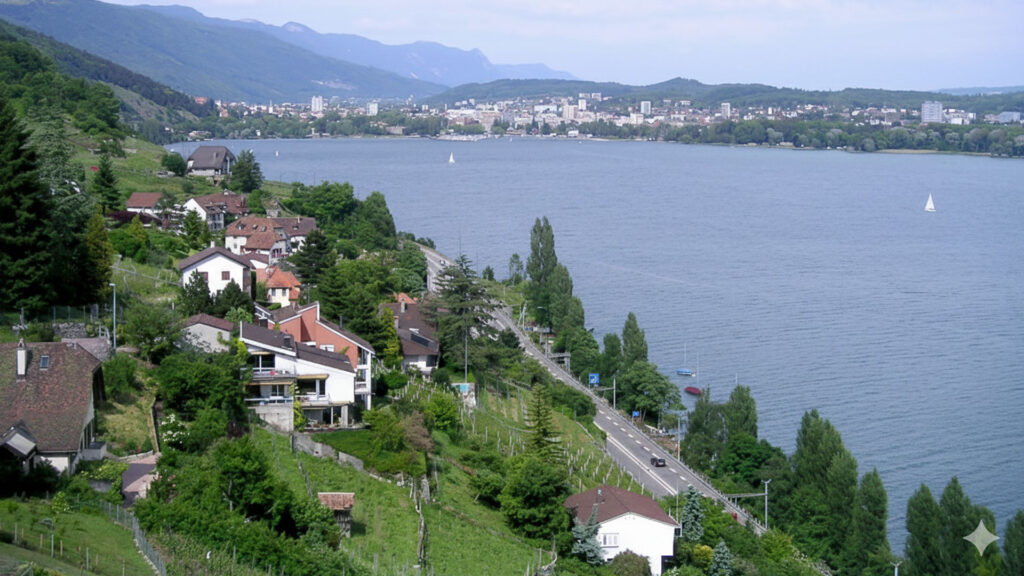
The Three Lakes Region combines different cultures and produces a variety of grape varieties. Here, white wines such as Riesling-Silvaner meet red wines such as Pinot Noir, which are characterized differently by the special climatic conditions. This makes the Three Lakes Region one of the most exciting wine-growing areas in Switzerland.
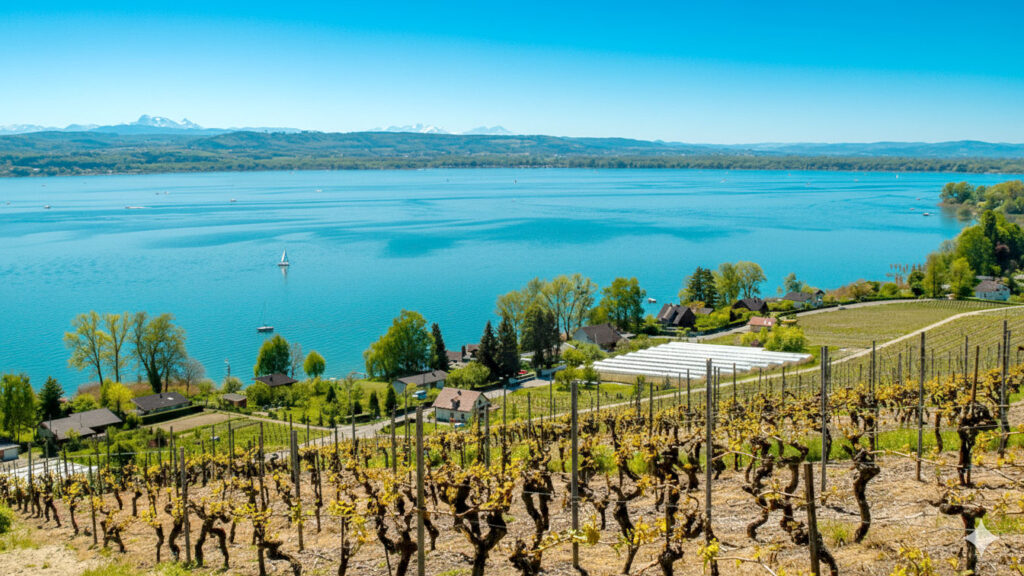
Three Lakes Region – combining culture and nature
The Three Lakes Region has a special charisma that is also reflected in the wines. The lakes act as heat reservoirs, creating a unique microclimate. Pinot Noir and Müller Thurgau thrive here, as do other grape varieties that give the region its typical character.
The Three Lakes Region is not only a scenic jewel, but also a cultural interface. Viticulture here is more than just agriculture – it is part of a way of life that combines nature, enjoyment and history.
Canton Thurgau – the cradle of Müller Thurgau
The canton of Thurgau is inextricably linked with the history of Müller Thurgau. The rolling hills, the proximity to Lake Constance and the temperate climate have made this grape variety a flagship. But Pinot Noir also has a firm place here, and the vineyards of Thurgau are known for their diversity.
Thurgau shows how closely tradition and modern wine production can be combined. Old vineyards alternate with young plantations, and the winegrowers look after the landscape as well as their grapes.
St. Gallen – diversity between vineyards and the Alps
St. Gallen is another important wine-growing canton in German-speaking Switzerland. The proximity to the Alps, the hillside locations on Lake Constance and the different soils create an exciting terroir. Pinot Noir, Müller Thurgau and Riesling-Silvaner are among the most important varieties grown here.
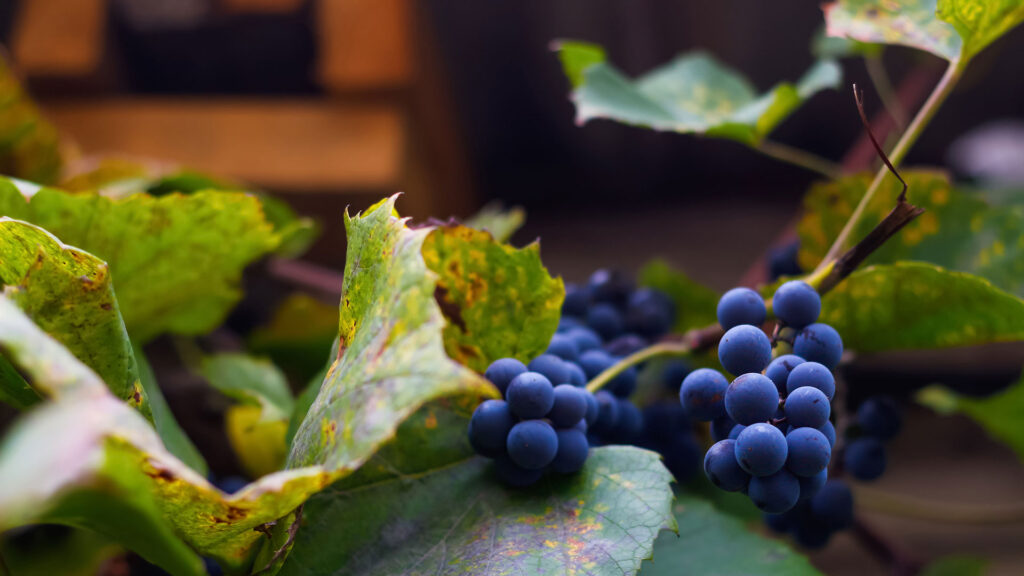
St. Gallen has a rich cultural history, which is also reflected in its viticulture. The vineyards are not just agricultural land, but part of the cultural heritage. Wine production here is closely linked to festivals, traditions and the identity of the population.
Graubünden – the Bündner Herrschaft as the jewel of German-speaking Switzerland
Graubünden is a special part of the wine region of German-speaking Switzerland and is primarily associated with the Bündner Herrschaft. This wine-growing area is considered one of the most traditional and at the same time most innovative regions in the country. Nestled between the Alps and the Rhine, the vineyards here benefit from a unique combination of climate, soil and altitude. The warm foehn winds from the south extend the growing season and allow the grapes to ripen to an exceptionally high degree, while cool nights ensure freshness and balance.
Pinot Noir plays the leading role in Graubünden and has found one of the best forms of expression in the whole of Switzerland here. The wines are characterized by elegance, depth and a remarkable ageing potential. In addition to Pinot Noir, varieties such as Chardonnay, Sauvignon Blanc and Pinot Gris are also represented, underlining the rich diversity of the region.
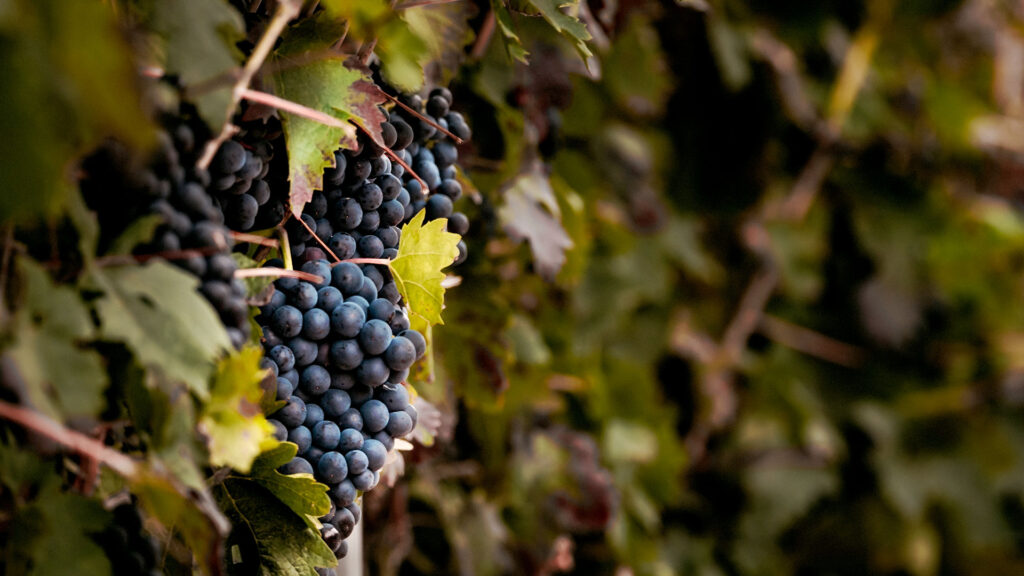
Graubünden stands for a long tradition dating back to the Middle Ages and is also synonymous with quality and authenticity. Many small vineyards characterize the landscape, and the proximity to the cultural history of the region makes viticulture an indispensable part of its identity. Here, landscape, tradition and innovation combine to create a unique wine landscape that attracts attention far beyond the region’s borders.
Neuchâtel – the wine-growing region on Lake Neuchâtel
The Neuchâtel wine-growing region, situated around Lake Neuchâtel, is a traditional part of the Three Lakes region and plays a special role in the German-speaking part of Switzerland. The vineyards stretch along the lake and benefit from its balancing climate. The lake acts as a heat reservoir, moderating temperature fluctuations and creating conditions that benefit both white and red wines.
The region is particularly well-known for its sparkling white wines, which impress with their freshness, lightness and floral aromas. Pinot Noir also has a long tradition here, producing elegant, fruity red wines. The soils are mostly chalky and stony, which gives the wines a fine minerality. Specialties such as the traditional Oeil-de-Perdrix – a delicately pink wine made from Pinot Noir grapes – are also typical of Neuchâtel and an expression of regional creativity.
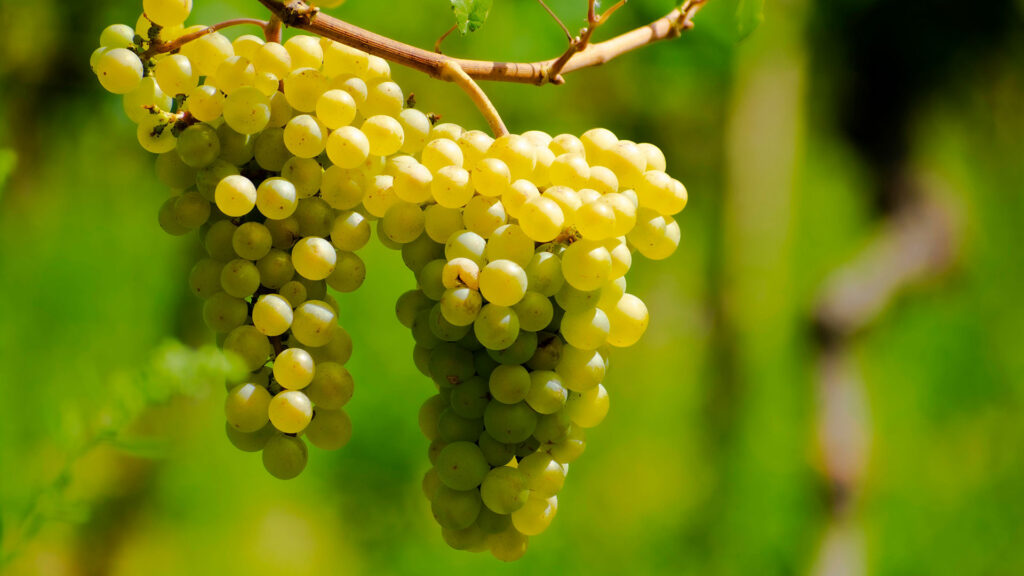
Neuchâtel not only stands for wine production, but also for a close interplay between nature, culture and history. The vineyards are an integral part of the regional identity, and numerous festivals and wine events bear witness to how deeply rooted viticulture is in the population. Visitors to the region will discover a unique combination of lakeside landscape, a town steeped in history and a wine-growing region rich in tradition.
Lucerne – viticulture between lakes and rolling hills
The canton of Lucerne is primarily known for its lake landscape, its historic city and its proximity to the Alps. However, viticulture also has a long tradition here, which is increasingly being cultivated again today. The vineyards in the canton of Lucerne are comparatively small, but they produce wines full of character that reflect the special microclimate around the lakes.
The soils are diverse and range from chalky layers to loamy formations, which allow for a wide range of grape varieties. In addition to Pinot Noir and Müller Thurgau, Riesling-Silvaner, Pinot Gris and specialties such as Räuschling can also be found. The close connection between landscape and viticulture is particularly typical: the vineyards are often located on gentle hills, nestled in a backdrop of water, mountains and historic villages.
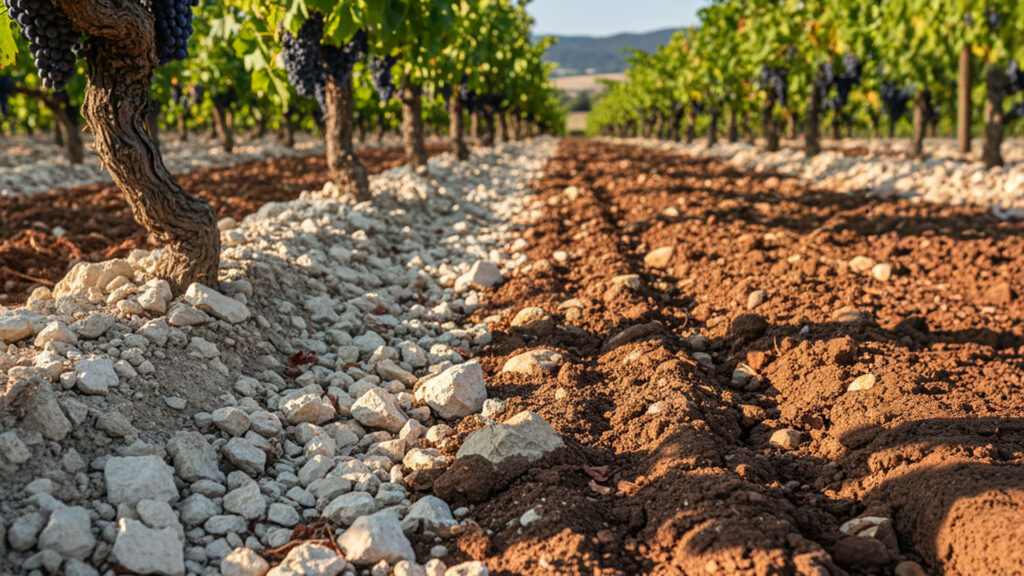
Lucerne stands for small but fine wine-growing areas that preserve regional identity with passion. For visitors, the region offers the opportunity to combine wine tours with cultural excursions to the city of Lucerne or a boat trip on Lake Lucerne – a harmonious combination of enjoyment and experience.
Lake Thun – Vines against an alpine backdrop
Lake Thun may not be one of the largest wine-growing regions in Switzerland, but its vineyards are unique. Nestled in a spectacular mountain landscape, the vines grow here on sun-drenched slopes with views of the Alps. The mild lake climate and good sunshine create conditions that are particularly suitable for white wines.
Pinot Noir, Müller Thurgau and Riesling-Silvaner are among the most common varieties, but aromatic specialties are also represented. The wines from Lake Thun are characterized by freshness, elegance and a clear expression of the terroir. The soils, often characterized by limestone and gravel, give them additional structure.
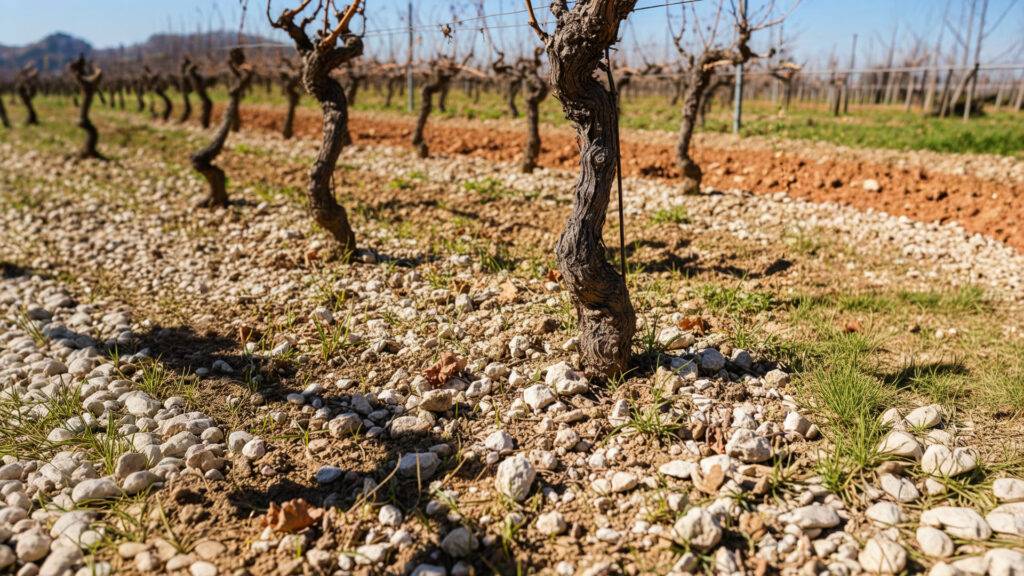
Lake Thun shows just how diverse viticulture in German-speaking Switzerland can be. Although the vineyards here are small, the wines have an unmistakable character and represent the close connection between nature, tradition and the Alpine lifestyle.
Wine tourism in German-speaking Switzerland
Wine tourism is becoming increasingly important. Hiking trails, vineyard nature trails and wine hikes allow visitors to experience the vineyards. Particularly popular are tours along lakes, where you not only get a view of the landscape but also an insight into viticulture.
German-speaking Switzerland is thus demonstrating that wine is more than just a drink – it is part of the culture, leisure activities and self-image of entire regions.
Frequently asked questions (FAQ) about the German-speaking Switzerland wine region
Where is the most beautiful wine region?
The most beautiful wine region in Switzerland is difficult to define, as each region has its own charm. The wine region of German-speaking Switzerland scores with idyllic vineyards on Lake Zurich, in Schaffhausen or in Thurgau, while the Three Lakes Region delights with its cultural diversity.
How many wine regions are there in Switzerland?
There are six officially recognized wine regions in Switzerland: Lake Geneva Region, Valais, Three Lakes Region, Ticino, German-speaking Switzerland and Bündner Herrschaft. Each has its own grape varieties, soils and traditions.
Where is the northernmost wine-growing region?
Switzerland’s northernmost wine-growing region is located in Schaffhausen, close to the German border. Here, Pinot Noir vines characterize the landscape and create one of the country’s most distinctive red wine regions.
Where is wine grown in Switzerland?
Wine is grown in almost all parts of Switzerland. The wine-growing regions of Valais, Vaud, Geneva, Ticino, the Three Lakes region, German-speaking Switzerland and the Bündner Herrschaft are particularly important. Thanks to the different terroirs, Switzerland offers exceptional diversity.

